Knowledge
20.11.2023 From Paraiba to Mozambique: gemstones from legendary deposits
There are gemstones whose origin is associated with special quality and beauty. These include the bright green Muzo emerald from Colombia, the rare Paraiba tourmaline, sapphires from Kashmir and Ceylon and pigeon blood red rubies from Burma and Mozambique.

Muzo emerald
Emeralds from Colombia are among the most expensive and valuable gemstones of their kind. The region around the municipalities of Muzo, Coscuez and Chivro is part of the emerald belt in Colombia, where ideal geological conditions for the formation of the green gemstone prevailed in the past.
The mine in the municipality of Muzo is where particularly high-quality specimens are found. Some of the largest emeralds in the world come from there – including the famous “Mackay”. The “Muzo emeralds” often have a yellow tinge and are characterized by their particular purity. Deep green emeralds are preferable as an investment.
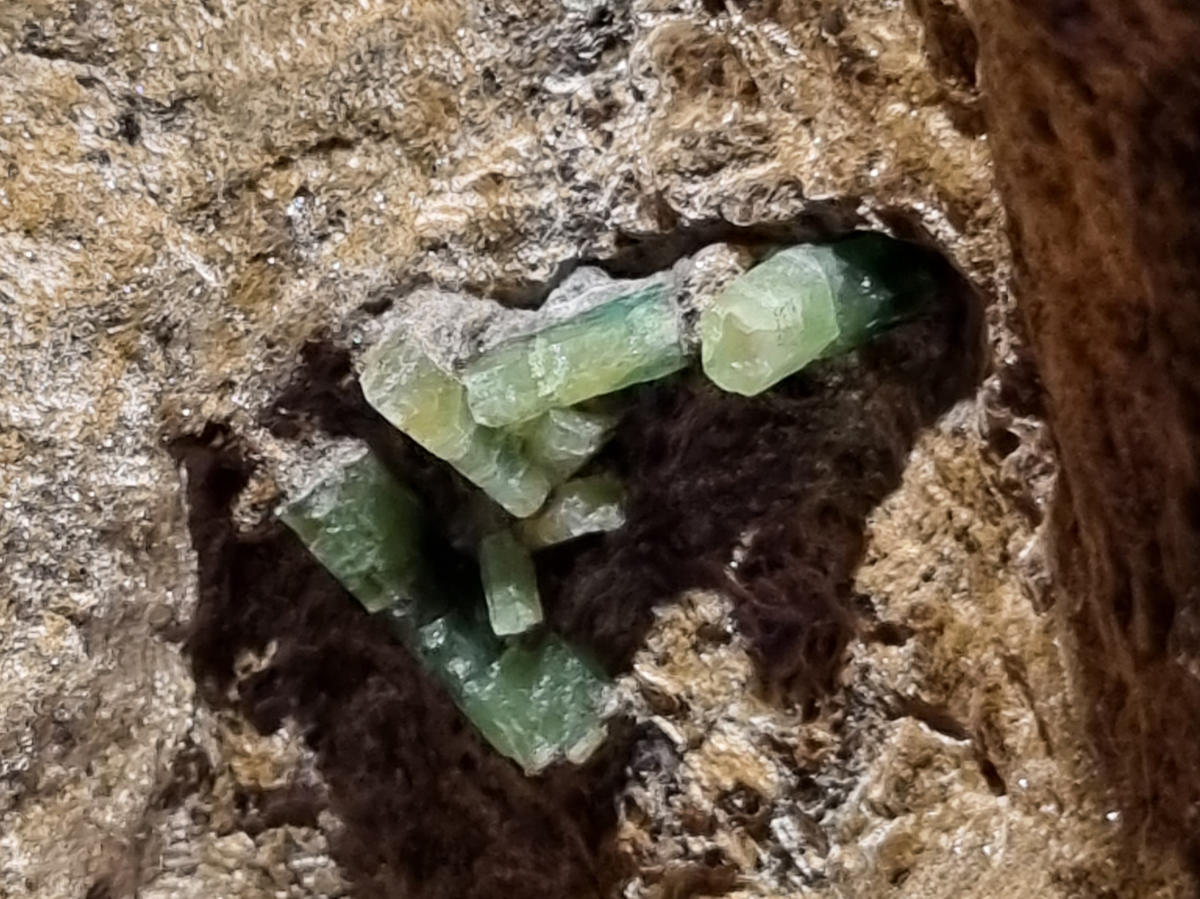

Paraiba tourmaline
The first specimen of this tourmaline variety was discovered in Paraíba near the village of Sao José dé Batalha at the end of the 1980s.
While tourmalines were still relatively undervalued a few decades ago, the gemstones are now highly sought-after and correspondingly expensive. The so-called “Paraiba tourmaline”, which is named after the place where it was found – the state of Paraíba in north-eastern Brazil – is particularly sought-after. The first specimen of this variety of tourmaline was discovered there at the end of the 1980s near the village of Sao José dé Batalha.
Originally a designation of origin, Paraiba tourmaline is now defined by its copper and manganese content – regardless of its origin. Depending on the ratio of copper and manganese, the color varies from bright emerald green to blue-green and turquoise. Many Paraiba tourmalines undergo treatments. In particular, firing the gemstones is a common method of changing their color.
Apart from Brazil, this rare gemstone can only be found in Mozambique and Nigeria. It is not only because of its rarity that the price of Paraiba tourmalines is expected to continue to rise. Stones of 1 carat or more are suitable for investment purposes.

Kashmir sapphire
Not only is the precious cashmere wool named after the Himalayan region of Kashmir, but also the legendary Kashmir sapphire. The gemstone captivates with its pleasant velvety blue color, which is known for its “sleepy appearance”. This refers to the slightly foggy appearance of the stone, which is caused by rutile inclusions.
The blue gemstone from the Indian part of Kashmir is extremely rare, as it was only mined for a limited period of time. The site was uncovered by a landslide at the end of the 19th century and dried up just a few years later. Today, sapphires can be found in the Himalayan region of Burma, Cambodia, Thailand and Vietnam as well as in East Africa, Montana (USA) and Australia. An immense premium is paid when buying Kashmir sapphires.
“The Pride of Kashmir” is considered one of the largest sapphires from the Indian Kashmir region. The gemstone weighs over 20 carats and impresses with its radiant sapphire blue.
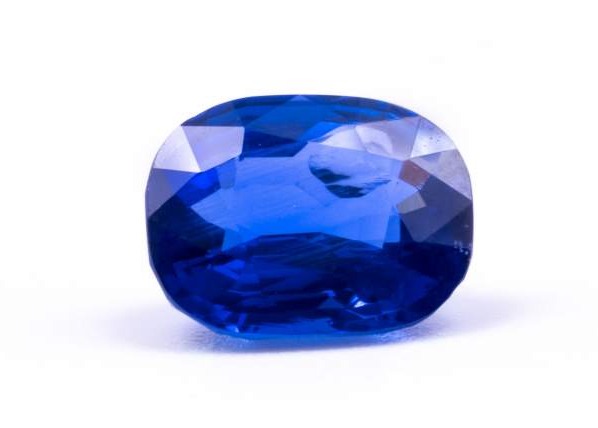

Ceylon-Sapphire
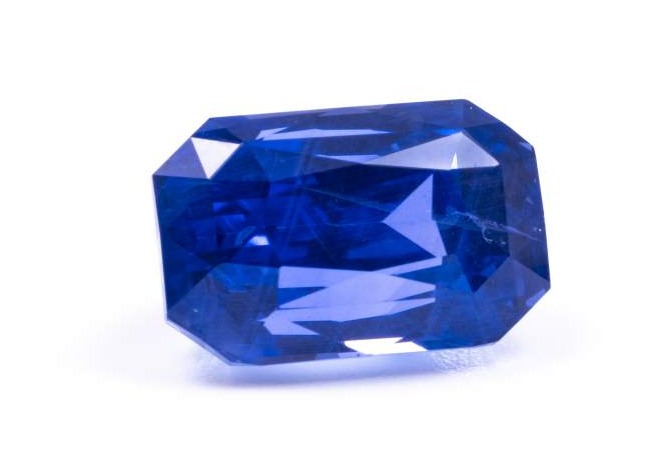
Another well-known location for sapphires is Sri Lanka, or Ceylon, as the island nation was known until its independence. The legendary Queen of Sheba is said to have mined blue sapphires here. “Ceylon-Sapphires” from Sri Lanka are considered to be particularly pure and have few inclusions. The color of the gemstones is described as cornflower to royal blue.
In addition to the blue Ceylon-Sapphire, the unusual star sapphires and the orange-pink padparadscha sapphires are also found in Sri Lanka. Untreated, vivid blue sapphires with few to medium inclusions are recommended as an investment.

Burma ruby
Burma is the oldest known place where rubies have been found. The gemstones from what is now Myanmar have the coveted pigeon blood red – a pure red. Burma and Myanmar rubies are therefore known as pigeon blood rubies, even if they are of the highest quality. However, there are also rubies with this color in Vietnam, Mozambique and Tanzania.
Pigeon blood rubies are traded at high prices. “Sunrise Ruby” – the most expensive pigeon-blood red ruby in the world – was auctioned for 30.42 million US dollars in 2015.
As we at The Natural Gem attach great importance to sustainability and fairness in gemstone mining, we do not offer any rubies from Burma for sale. Our rubies come exclusively from other countries where we can guarantee environmentally friendly mining and fair working conditions for miners.
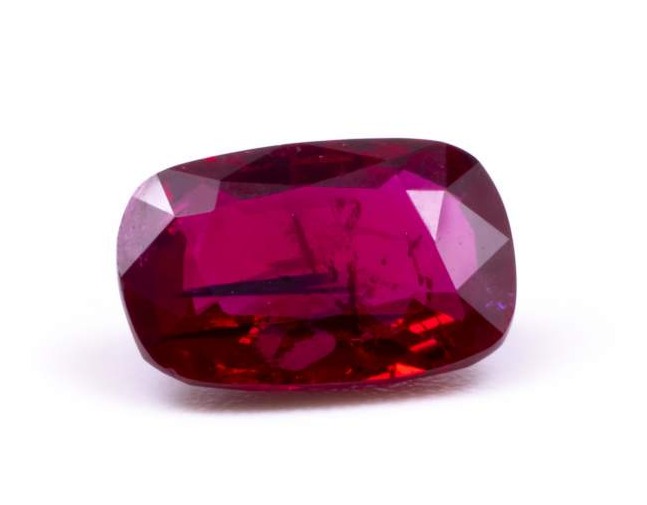

Mozambique ruby
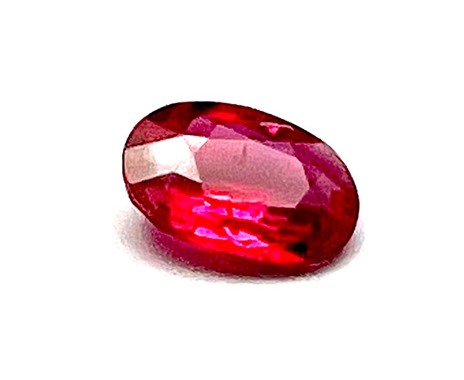
Large-scale ruby mining has only recently begun in Mozambique. In 2008, rich ruby deposits were discovered in the East African country. Since then, Mozambique ruby has been on the rise and is now one of the most sought-after rubies in the world. It mostly comes from the Montepuez mine in the north-east of Mozambique and is characterized by its intense pigeon blood red and particular purity. In addition to pigeon-blood rubies, Paraiba tourmalines and sapphires are also found in Montepuez.
Of all gemstones, ruby is the most suitable as an investment. The value of the rare red stone increases every year, which makes it particularly attractive as an investment. Most of us therefore predict a bright future for the Mozambique ruby.


